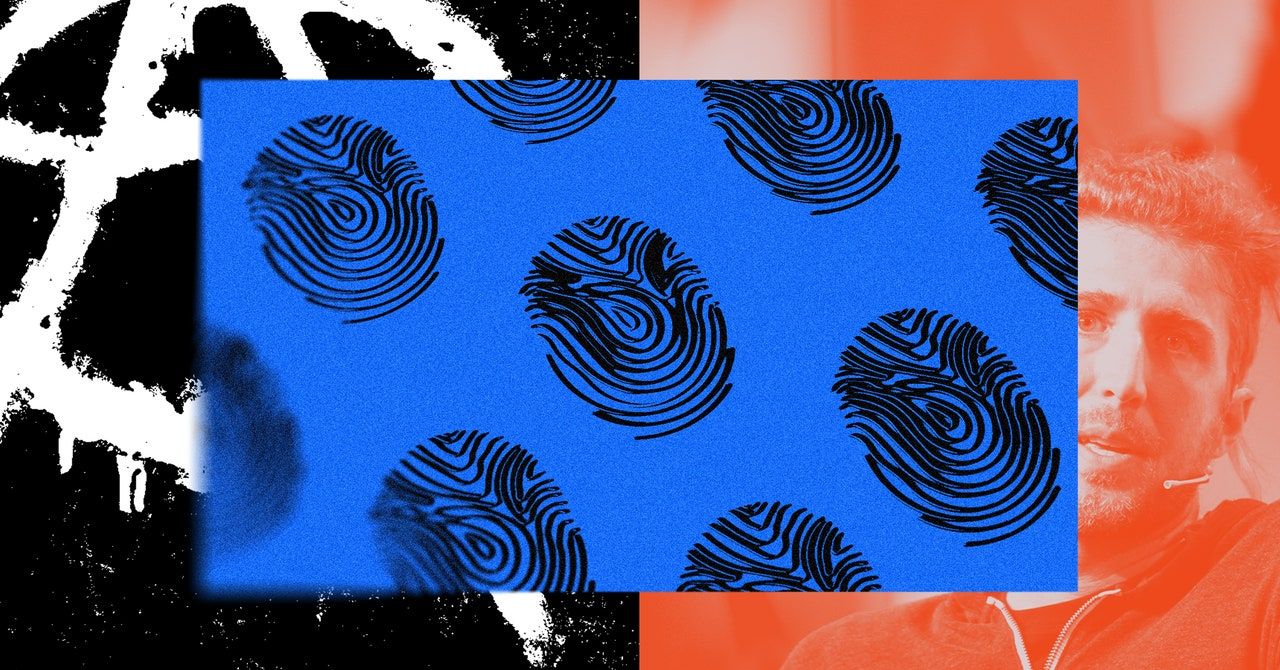How Signal Walks the Line Between Anarchism and Pragmatism
For 20 years, the only way to really communicate privately was to use a widely hated piece of software called Pretty Good Privacy. The software, known as PGP, aimed to make secure communication accessible to the lay user, but it was so poorly designed that even Edward Snowden messed up his first attempt to use PGP to email a friend of Laura Poitras. It also required its users to think like engineers, which included participating in exceptionally nerdy activities like attending real-life “key-signing parties” to verify your identity to other users. Though anyone could technically use PGP, the barrier to entry was so high that only about 50,000 people used it at its peak, meaning that privacy itself was out of reach for most.
WIRED Software Review Welcome to WIRED Software Review , where we publish critiques of the defining cultural artifact of our time.
These days, to talk to a friend securely, all you have to do is download a free app. For a certain set, that app will be Signal. Snowden and Elon Musk have recommended it; it’s been name-dropped on big-budget shows like House of Cards, Mr. Robot, and Euphoria, and its users include journalists, members of the White House, NBA players, Black Lives Matters activists, and celebrities trying to get their hands on Ozempic. Its founder has been profiled by The New Yorker and appeared on Joe Rogan’s podcast. A tiny organization with virtually no marketing budget has become synonymous with digital privacy in the public imagination.
Technology can be deeply shaped by the personal inclinations of a founder. Facebook’s light-fingeredness with user data is inseparable from its roots in Zuckerberg’s dorm room as an app for ranking women by their looks; Apple’s minimalist design was influenced by Jobs’ time spent practicing Zen Buddhism. Signal is no different. During its formative years, the charismatic face of Signal was Moxie Marlinspike, a dreadlocked anarchist who spent his time sailing around the world, living in punk houses, and serving free food to the unhoused. He led every aspect of Signal’s development for almost a decade, at one point complaining, “I was writing all the Android code, was writing all of the server code, was the only person on call for the service, was facilitating all product development, and was managing everyone. I couldn’t ever leave cell service.”
In the field of cryptography, Marlinspike is considered the driving force behind bringing end-to-end encryption—the technology underlying Signal—to the real world. In 2017, Marlinspike and his collaborator, Trevor Perrin, received the Levchin Prize, a prominent prize for cryptographers, for their work on the Signal Protocol. Afterward, Dan Boneh, the Stanford professor who chaired the award committee, commented that he wasn’t sure that end-to-end encryption would have become widespread without Marlinspike’s work. At the very least, “it would have taken many more decades,” he said.
The motivations that led to end-to-end encryption going mainstream lie far out on the political fringe. The original impetus for Marlinspike’s entry into cryptography, around 2007, was to challenge existing power structures, particularly the injustice of how (as he put it) “Internet insecurity is used by people I don’t like against people I do: the government against the people.” But sticking to anarchism would imply an almost certain defeat. As Marlinspike once noted, the “trail of ideas that disappears into the horizon behind me is completely and utterly mined over with failures … Anarchists are best known for their failures.”
For an idealistic engineer to succeed, he will have to build something that is useful to many. So there has also been an unusually pragmatic bent to Signal’s approach. Indeed, in many interviews, Marlinspike has taken a mainstream stance, insisting that “Signal is just trying to bring normality to the internet.” Signal’s success depends on maintaining its principled anarchist commitments while finding a wide-ranging appeal to the masses, two goals that might seem at odds. Examining how the app navigates this tension can help us understand what might come next in Signal’s new quest to reach “everyone on the planet.”
Source: WIRED


